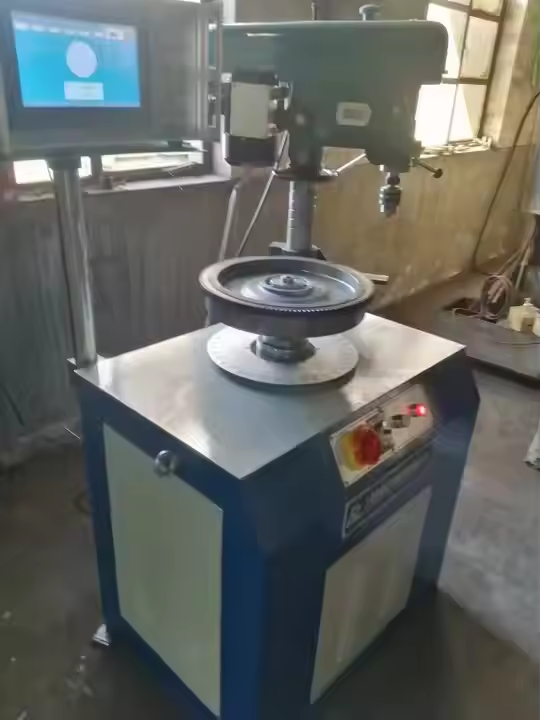Maintenance Guide for Flywheel Balancing Machines
Proper maintenance of flywheel balancing machines is crucial for ensuring accurate measurements and prolonged equipment life in industrial settings. These sophisticated pieces of equipment play a vital role in maintaining the balance of rotating components across various manufacturing and automotive applications. Understanding the essential maintenance procedures will help optimize performance and prevent costly downtime.

Essential Components and Maintenance Areas
Drive System Maintenance
The drive system is a critical component of flywheel balancing machines that requires regular attention. Regular inspection of belt tension, pulley alignment, and motor bearings ensures optimal performance. Maintenance technicians should check for signs of wear, unusual noises, or vibrations that could indicate potential issues.
Bearing Assembly Care
Bearing assemblies in flywheel balancing machines need particular attention as they directly impact measurement accuracy. Regular lubrication schedules must be maintained, and bearing temperatures should be monitored during operation. Any signs of excessive heat or unusual noise warrant immediate investigation.
Calibration and Measurement System
Sensor Calibration Procedures
Modern flywheel balancing machines rely on precise sensors for accurate measurements. Regular calibration of these sensors ensures continued accuracy. Technicians should perform calibration checks using standard weights at specified intervals, typically every three to six months, depending on usage frequency.
Software and Control System Updates
The control systems of flywheel balancing machines require periodic software updates and maintenance. Regular backup of calibration data and machine settings helps prevent loss of critical parameters. System diagnostics should be run weekly to identify potential issues before they affect performance.
Preventive Maintenance Schedule
Daily Inspection Requirements
Daily checks of flywheel balancing machines should include visual inspection of all major components, verification of safety systems, and assessment of measurement accuracy using control samples. Operators should maintain detailed logs of these inspections to track any developing issues.
Monthly Maintenance Tasks
Monthly maintenance involves more comprehensive checks of mechanical components, electrical connections, and calibration verification. This includes cleaning of sensors, inspection of mounting surfaces, and verification of alignment systems that ensure precise balancing operations.
Troubleshooting Common Issues
Vibration Analysis
Excessive vibration in flywheel balancing machines can indicate several potential problems. Regular vibration analysis helps identify issues such as worn bearings, misaligned components, or structural problems. Implementing a vibration monitoring program can prevent major equipment failures.
Electrical System Diagnostics
Electrical systems in modern balancing machines require periodic testing to ensure proper function. This includes checking power supplies, sensor connections, and control panel components. Any fluctuations in electrical readings should be investigated promptly to prevent system failures.
FAQ
How often should flywheel balancing machines be calibrated?
Professional calibration should be performed at least every six months, with more frequent calibration checks if the machine is used continuously or for high-precision work. Daily verification using control weights is recommended to ensure consistent accuracy.
What are the signs that indicate maintenance is needed?
Key indicators include unusual noises, inconsistent measurements, increased vibration levels, and longer processing times. Regular monitoring of these parameters helps identify maintenance needs before serious problems develop.
What is the expected lifespan of flywheel balancing machines?
With proper maintenance and care, industrial flywheel balancing machines typically last 15-20 years. However, regular updates to control systems and replacement of wear components can extend this lifespan significantly.




